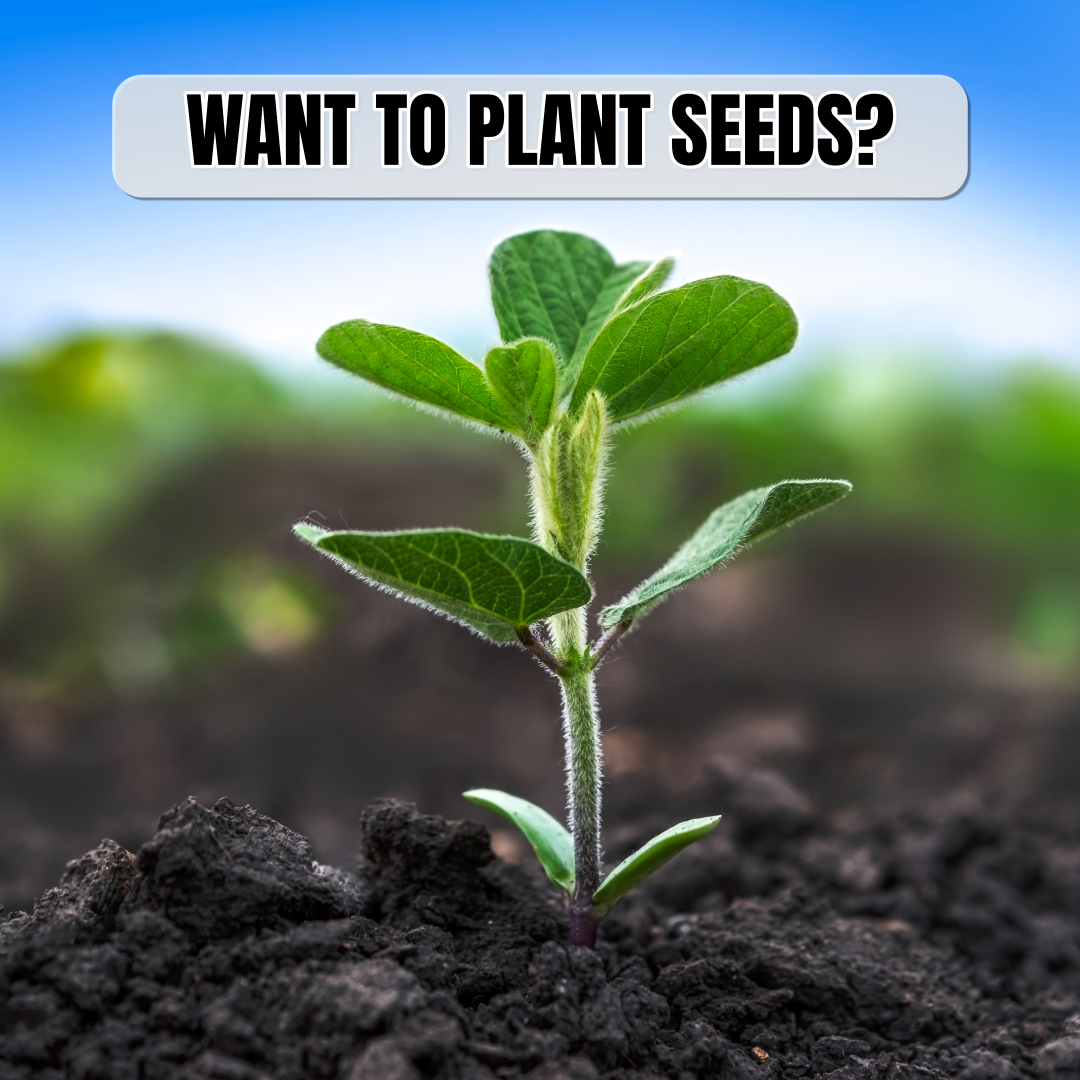Tips on How to Grow a Garden from Seeds
Growing a garden from seeds is a rewarding and cost-effective way to cultivate a variety of plants. Whether you’re interested in vegetables, herbs, or flowers, starting from seed offers several benefits, including more control over the variety and the ability to nurture your plants from the very beginning. However, gardening from seeds can be a bit challenging if you’re not familiar with the process. With the right techniques and a little patience, though, you can successfully grow a thriving garden. Here are some essential tips to guide you through the process.
Choose the Right Seeds for Your Climate
The first step in growing a garden from seeds is selecting the right seeds for your climate and growing conditions. Every plant has specific needs, such as temperature, sunlight, and soil type, that must be met for successful growth. Before purchasing seeds, research the growing season in your area and select varieties that thrive in your region. For example, cool-season crops like lettuce and spinach are best sown early in spring, while warm-season crops like tomatoes and peppers should be started after the last frost. Additionally, you should consider whether you’re growing indoors or outdoors, as some plants do better in containers or raised beds.
Prepare the Soil Properly
Soil preparation is one of the most crucial aspects of growing a garden from seeds. Healthy, well-draining soil is essential for the seeds to sprout and develop strong roots. Begin by testing your soil’s pH and nutrient levels to ensure it’s suitable for the plants you intend to grow. Amend the soil with compost or organic matter to improve its structure and fertility. If you’re planting in containers, use a high-quality potting mix, as garden soil can be too dense and may hinder seedling growth. Additionally, make sure the soil is adequately moist before planting, but not too wet, as soggy soil can lead to seed rot.
Plant the Seeds at the Right Depth
Proper planting depth is another key factor in successfully growing a garden from seeds. While each plant species has its own specific seed-planting depth, a good general rule is to plant the seed at a depth about two to three times its size. Planting seeds too deep can prevent them from getting the light they need to germinate, while planting them too shallow can expose them to the elements, causing them to dry out. To ensure proper placement, check the seed packet for recommended planting depth and spacing, as crowding can also hinder growth and result in weak plants.
Provide Adequate Light and Temperature
Once your seeds are planted, providing the right environmental conditions is crucial to encourage germination. Most seeds need warmth to sprout, so make sure they’re in a location where the temperature is consistent and falls within the range recommended on the seed packet. If you’re starting seeds indoors, consider using grow lights to provide the necessary light for healthy seedlings. Light is essential not only for photosynthesis but also to prevent seedlings from becoming leggy, or weak and tall, as they stretch for insufficient light. Aim for 12 to 16 hours of light per day, especially during the germination stage.
Water and Care for the Seedlings
Watering is a delicate balance when growing seeds. While seeds need moisture to sprout, too much water can drown them, while too little will cause them to dry out. It’s best to keep the soil consistently moist but not soggy. Using a spray bottle or a gentle watering can to water seedlings helps avoid disturbing the soil or displacing the tiny seeds. As the plants begin to grow, thinning them out is also important to ensure that each seedling has enough space to develop healthy roots and foliage. If necessary, use a small tool like tweezers or scissors to remove the weakest plants.
Harden Off the Seedlings and Transplant
Before moving your seedlings outside or into the garden, it’s important to “harden them off” to help them adjust to the outdoor environment. This involves gradually exposing them to outdoor conditions like wind, sunlight, and fluctuating temperatures over the course of 7-10 days. Start by placing the seedlings outside in a sheltered spot for a few hours each day and gradually increase the time spent outdoors. After hardening off, you can transplant your seedlings into the garden or larger containers. Be sure to water them well after transplanting and continue to monitor their growth as they acclimate to their new home.
In conclusion, growing a garden from seeds requires careful planning, attention to detail, and patience. By selecting the right seeds for your climate, preparing the soil properly, planting at the correct depth, and providing the right light, temperature, and water, you can foster healthy seedlings that will grow into strong, productive plants. With time and practice, you’ll gain experience and confidence in the process, and soon you’ll be able to enjoy the fruits of your labor—whether they’re homegrown vegetables, fragrant herbs, or beautiful flowers.

